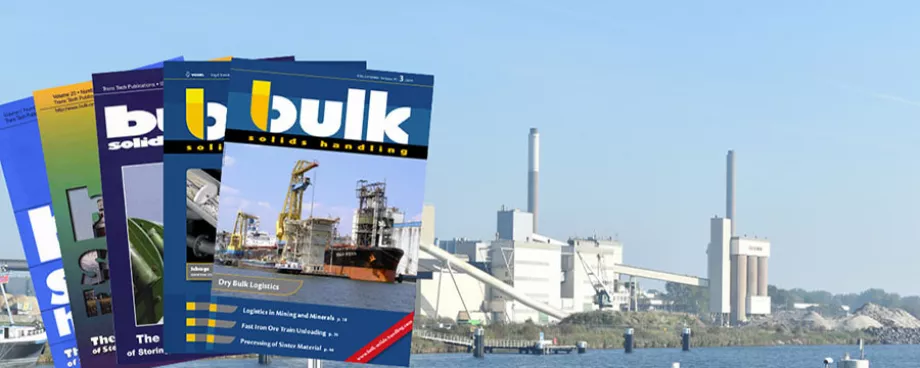Over the last decade, Australia has played a very significant role in the world's dry bulk commodity trades. Large scale exploitation of both mineral and agricultural resources for growing export markets has meant in turn an increasing level of seaborne movements. Exports over the last ten years in the major mineral sectors, i.e., iron ores, coal, bauxite and alumina have risen from 20 to 32% of total exports, when measured in terms of value of goods shipped. Similarly, a review of world trade shows that Australia currently accounts for a significant share of total dry bulk movements, generating 26% of all iron ore shipments, around 23% total international coal movements, 19% of all wheat shipments, 16% of sugar and some 30% of bauxite/alumina exports in 1980. In addition, imports of phosphate rock for agricultural use currently account for around an 8% share of world seaborne movements in this commodity. There is no doubt as to the importance of these commodity flows and associated levels of production upon the Australian economy. The minerals industry is a case in point, which in the space of only two decades has assumed a role of far reaching importance, not only within Australia, but in the international market place.
■







